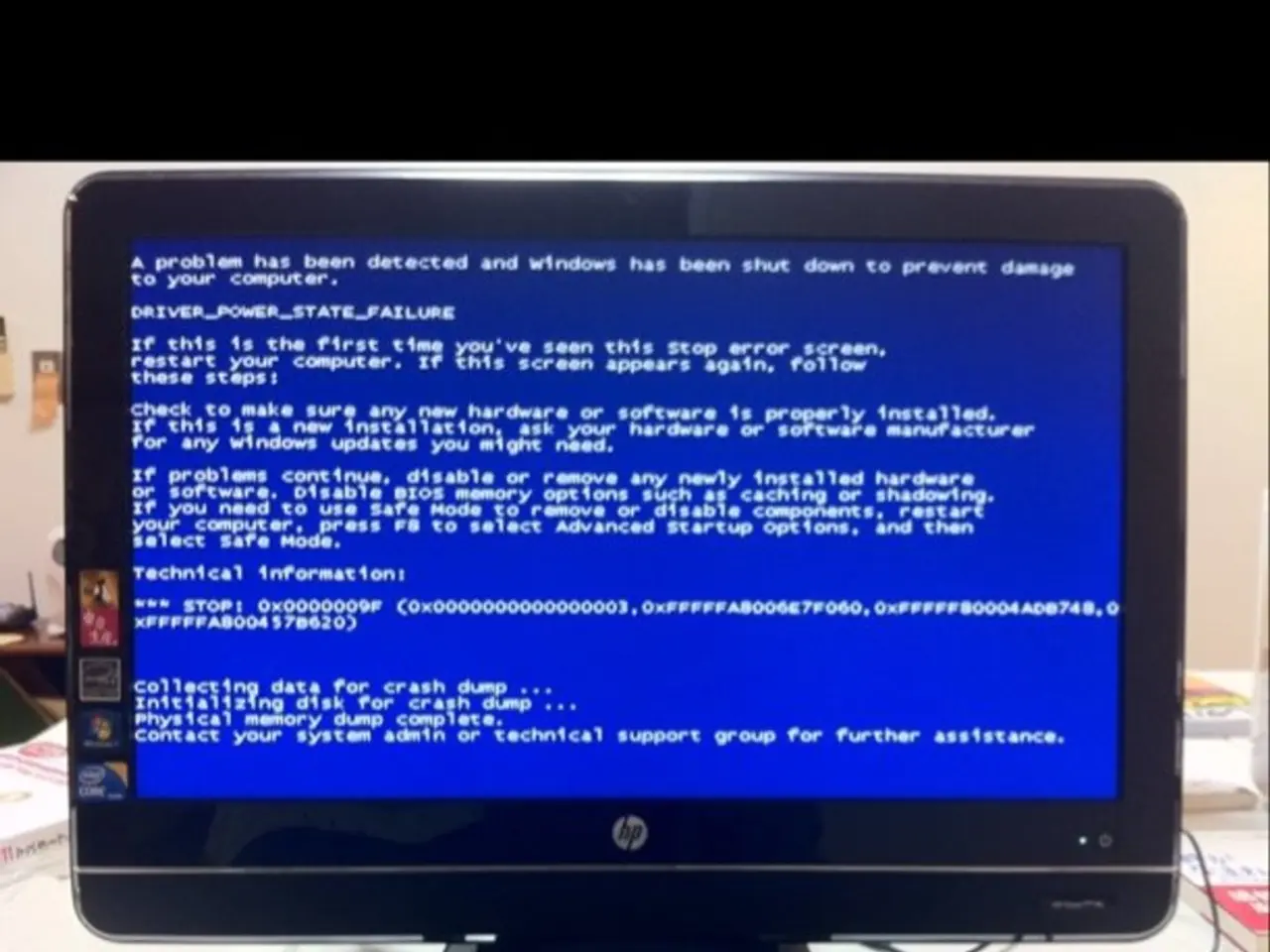Strategies for Swift and Precise SAT Reading: Nine Intelligent Methods to Enhance Reading Speed and Accuracy
In the world of standardised testing, mastering pacing is crucial for success, particularly on the SAT Reading section. Here, we delve into effective strategies that can help you manage your time efficiently and accurately, leading to a better score.
**Skim and Preview**
Quickly preview the passage structure to understand its main ideas, tone, and purpose before diving into questions. Annotate key information such as main ideas, shifts in argument, and author’s purpose as you skim. Label each paragraph’s purpose in the margin to quickly locate relevant sections later.
**Targeted Question Approach**
Tackle line-specific questions first if you’re pressed for time; these often require less rereading and can be answered directly from the text. Always read the passage blurb for context before jumping into questions; it can provide clues about tone and content. Read the questions carefully to understand exactly what is being asked, avoiding misinterpretation that leads to mistakes.
**Time Management**
Set a time limit per passage/question. Divide the section’s total time by the number of passages to determine how long you can spend on each. Keep an eye on the clock, periodically checking remaining questions and time so you can adjust your pace if you’re falling behind. Flag and move on from challenging questions; return to them if time allows after answering easier ones.
**Process of Elimination**
Eliminate obviously wrong answers to increase your chances of guessing correctly if unsure. Trust your first answer unless you are certain a change is needed; overthinking can waste time and introduce errors.
## Common Pacing Pitfalls
- Spending too much time on one passage or question, which can leave you rushed or unable to attempt all questions. - Misreading questions or skipping the blurb, leading to confusion and time wasted on irrelevant details. - Failing to review time allocation during the test, causing uneven pacing across passages. - Neglecting to practice under timed conditions, resulting in poor time awareness during the actual exam.
## Tools and Habits to Improve Pacing
- Take regular, official SAT practice tests under timed conditions to build familiarity and confidence with pacing. - Use digital SAT platforms that display a countdown timer, helping you monitor time during the test. - Incorporate daily reading practice to improve reading speed and comprehension, which directly supports faster, more accurate pacing. - Practice active reading and annotation regularly to make skimming and synthesising passages second nature.
## Sample Pacing Plan
1. **Preview the passage** (90 seconds): Skim and note main ideas and paragraph purposes. 2. **Read questions and answer line-specific ones first**. 3. **Answer general and main idea questions** using your annotations and notes. 4. **Review flagged questions** if time remains. 5. **Check your progress** every few minutes to adjust pace as needed.
## Key Takeaways
- Strategic skimming and annotation save time and improve comprehension. - Practice under timed conditions is essential for realistic pacing. - Awareness of the clock and ability to move on from tough questions are crucial skills. - Eliminating wrong answers and trusting your instincts help maximise your score under time pressure.
By combining these strategies with consistent, timed practice, you can significantly improve your pacing on SAT Reading Passages and boost your overall performance. For targeted practice, visit RevisionDojo, which offers timed drills and analytics that guide improvement.
Engaging in education-and-self-development opportunities such as learning fast and effective reading strategies can help you manage your time efficiently during the SAT Reading section. Incorporating regular, official SAT practice tests under timed conditions is an essential habit to improve pacing, as it builds familiarity and confidence with the test's pacing requirements.




